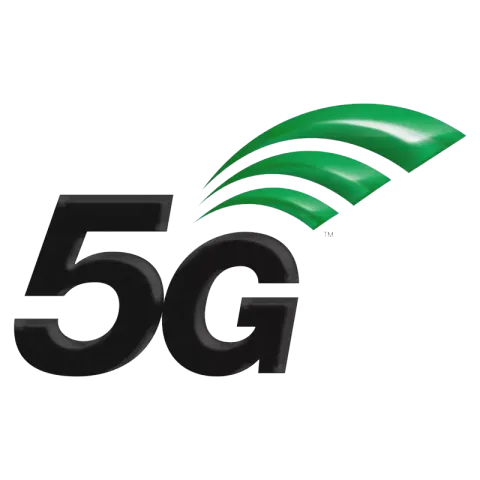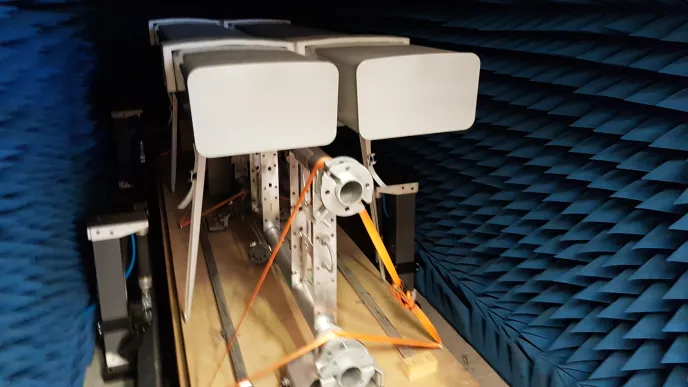5G was developed with three broad use case families in mind: enhanced mobile broadband (eMBB), massive machine-type communications (mMTC) and ultra-reliable low-latency communications (URLLC). eMBB focuses on across-the-board enhancements to the data rate, latency, user density, capacity and coverage of mobile broadband access. mMTC is designed to enable communication between devices that are low-cost, massive in number and battery-driven, intended to support applications such as smart metering, logistics, and field and body sensors. Finally, URLLC will make it possible for devices and machines to communicate with ultra-reliability, very low latency and high availability, making it ideal for vehicular communication, industrial control, factory automation, remote surgery, smart grids and public safety applications.
To meet the complex and sometimes contradictory requirements of these diverse use cases, 5G encompasses both an evolution of 4G LTE networks and the addition of a new, globally standardised radio access technology known as New Radio (NR).

Technologies and Frequency Bands
5G NR operates in frequency ranges from below 1 GHz to 100 GHz with different deployments; 3GPP 38.101 FR1 specifying sub-6 GHz bands, and 3GPP 38.101 FR2 specifying mmWave bands. To provide high service quality and optimal reliability, licensed spectrum will continue to be the backbone of the wireless network in 5G, and transmission in unlicensed spectrum will be used as a complement to provide even higher data rates and boost capacity.
Aggregation of LTE + NR has been defined in 3GPP 37.863, termed Dual Connectivity (DC). Like LTE, NR supports QPSK, 16QAM, 64QAM and 256QAM modulation formats, with the addition of л/2-BPSK in UL to enable a further reduced peak-to-average power ratio and enhanced power-amplifier efficiency at lower data rates.
Multi antenna techniques such as Massive MIMO and MU-MIMO are essential for NR deployment. On lower FR1 bands a low to moderate number of active antennas (up to around 32 transmitter chains) can be deployed. On upper FR1 bands a larger number of antennas can be employed in a given aperture, which increases the capability for beamforming and MU-MIMO. For mmWave (FR2) bands, analog beamforming is typically required, which limits the transmission to a single beam direction per time unit and radio chain.
Standardisation
The standardisation of NR started in 3GPP in April 2016, with the aim of making it commercially available before 2020. 3GPP is taking a phased approach to defining the 5G specifications. A first standardisation phase with limited NR functionality was completed in 2018, followed by a second standardisation phase that fulfils all the requirements of IMT-2020 (the next generation of mobile communication systems specified by ITU-R) in 2019. NR will continue to evolve until around 2030, with a sequence of releases including additional features and functionalities.
Deployments
The first 5G NR commercial deployment was Ooredoo Qatar, with their implementation of a fixed-wireless n78 (3500 MHz) 5G network with peak data rates in excess of 1 Gbps advertised. The first smartphone-capable 5G deployments occurred on 3rd April 2019 with Verizon switching on its n257 (28 GHz) '5G Ultra Wideband' network, immediately followed by the three South Korean mobile network operators KT, LG U+, and SK Telecom, who also launched mobile-compatible n78 (3500 MHz) networks the same day.
Data Performance
The IMT-2020 set the target for 5G to deliver peak data rates of 20 Gb/s downlink and 10 Gb/s uplink, with typical per-user data rates of 100 Mb/s downlink and 50 Mb/s uplink. These targets call for headline peak spectral efficiencies of 30 b/s/Hz, and average user spectral efficiencies of 3.3 to 9 b/s/Hz.
The 5G New Radio system has a target user plane latency of 1 to 4 ms, and is designed to handle a capacity of one million devices per square kilometre. In order to operate effectively on high speed trains and aircraft, 5G supports travelling up to 500 km/h with a zero latency handover when moving between cells. The clear motivation of these requirements is in support of autonomous driving, along with augmented reality, virtual reality, and tactile internet technologies.
5G Networks Launched
The below chart depicts 5G networks recorded by launch date. Data may change without notice as more entries are recorded.
